[Seoul travels] Waiting for the bell to toll in Jongno, walking in the steps of Admiral Yi Sun-sin
이 글자크기로 변경됩니다.
(예시) 가장 빠른 뉴스가 있고 다양한 정보, 쌍방향 소통이 숨쉬는 다음뉴스를 만나보세요. 다음뉴스는 국내외 주요이슈와 실시간 속보, 문화생활 및 다양한 분야의 뉴스를 입체적으로 전달하고 있습니다.
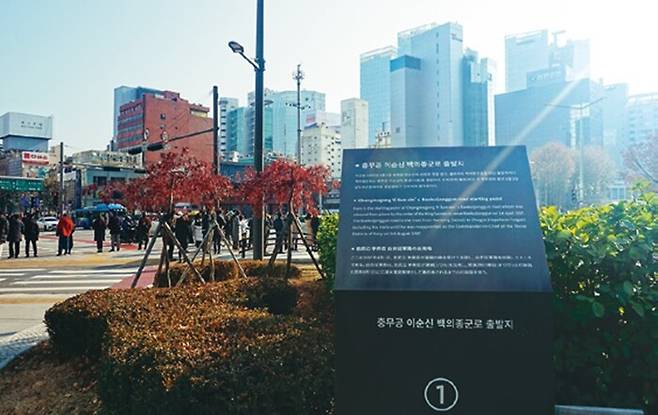
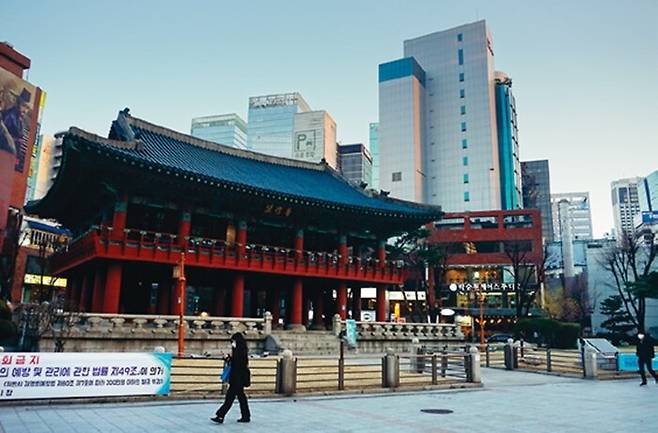
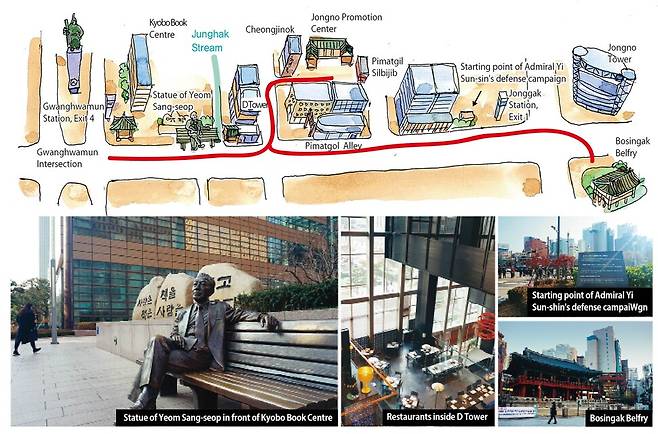
The area around Jongno Intersection in Seoul used to be known by the name “Unjongga.” The name meant an economic hub area where people and items “congregated like clouds.” But in contrast with this historic reputation, the Jongno streets that greet me as I head out of Exit 4 of Gwanghwamun Station are startlingly quiet — a reflection of the COVID-19 pandemic that has dragged out into the long term. The slogan once declared, “Together, we live; separate, we die.” Today, we seem to have adopted a new survival strategy that says, “Together, we die; separate, we live.”
A similarly forlorn atmosphere surrounds the statue of novelist Yeom Sang-seop on a bench in front of Kyobo Book Centre. This is normally a popular meeting spot, but today there’s hardly anyone around. Yeom was born in the Jongno area in 1893, and his birth home is said to be nearby, making him a Jongno native through and through. He’s famous for having started a new literary movement with books such as “Tree Frog in the Specimen Room.” His pen name “Hoengbo” literally means someone who “walks sideways” rather than straight ahead. The world today seems to be following his lead, lurching precariously to the side.
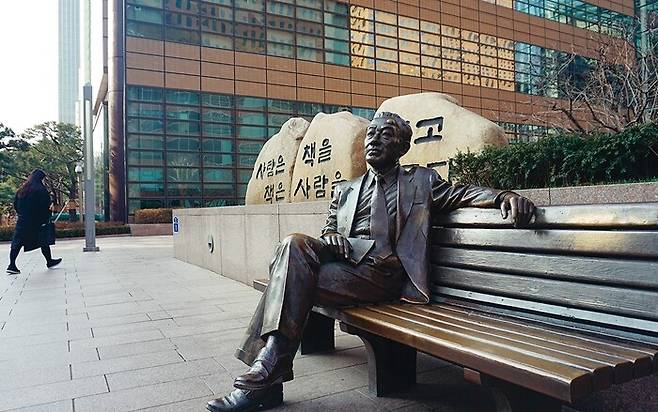
Next to the statue is the excavation site of the Joseon-era commercial district known as “Sijeon Haengrang.” This was a government-run market street where businesses received official permits and paid taxes. At one time, it was home to over 1,400 stores selling everything from rice, mixed grains, and other foodstuffs to silk and other fabrics, firewood, and various daily essentials. It is said to have operated under a principle where one store was only allowed to sell one type of item. Junghak Stream, said to be the largest of the Cheonggye Stream tributaries, has been restored as an artificial waterway along the road next to Kyobo Book Centre.
Recent changes to the road between Kyobo and Jonggak Belfry have rendered it almost unrecognizable. The old buildings have been torn down and replaced with modern structures like D Tower and Soho. D Tower is a high rise with offices on the upper floors and restaurants and cafes on the lower ones. Its appealing interior and fresh sensibility have lured in many young working professionals. This is not an old-fashioned market district with traditional restaurants, but a battleground where modern establishments compete. It’s worth visiting just to ride the escalators and look around.
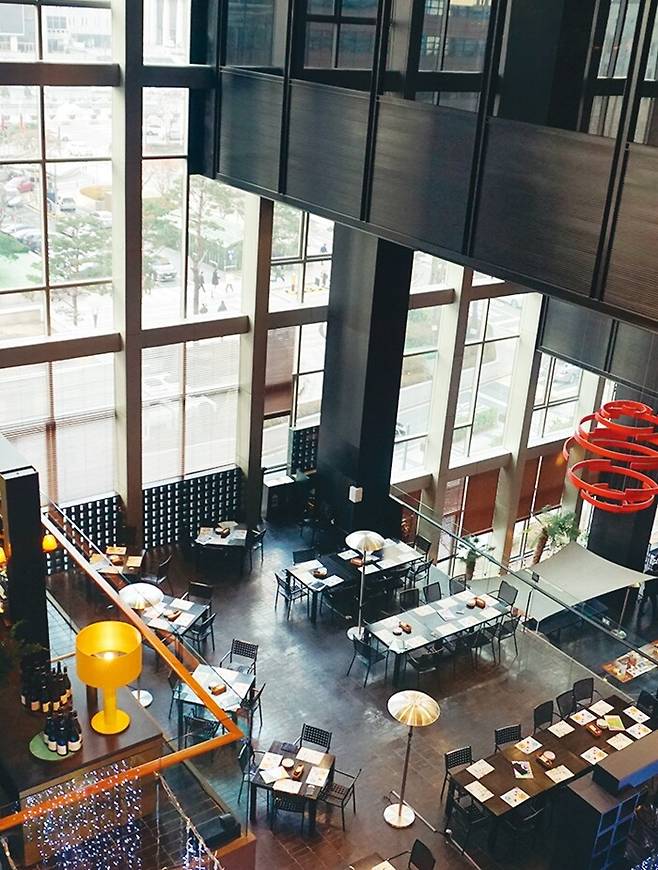
An alley for avoiding horses from high places
From there, it’s on to Pimatgol Alley. Because of its proximity to government offices, Jongno was often visited by people of high station traveling on horseback or in palanquins. For commoners, this meant the hassle of frequently having to prostrate themselves in kowtows. The name Pimatgol (alternatively Pimatgil) comes from the word pima, meaning “to avoid horses,” as people here would use the narrow alleys behind Jongno Road to avoid stumbling upon high-ranking visitors. This area has also long been associated with artists and writers. In a piece for the “Monthly Samtoh,” novelist Choi In-ho said the alley was his “emergency exit” before he became famous.
“Intoxicated by the powerful scent of fish being grilled on a brazier placed outside in the alley, I had no choice but to go inside the restaurant and eat lunch alone. The humble joint was packed with office workers who had come from nearby buildings to have lunch,” Choi wrote.
And sure enough, Pimatgol Alley now only exists in our memories.
Initially, the alley was the default lunch destination for office workers in the Jongno area. The capable cooks in the area filled hungry bellies at lunch time and satisfied emotional needs in the evening by selling booze and snacks at reasonable prices.
Copyright © 한겨레. All rights reserved. 무단 전재, 재배포 및 크롤링 금지.